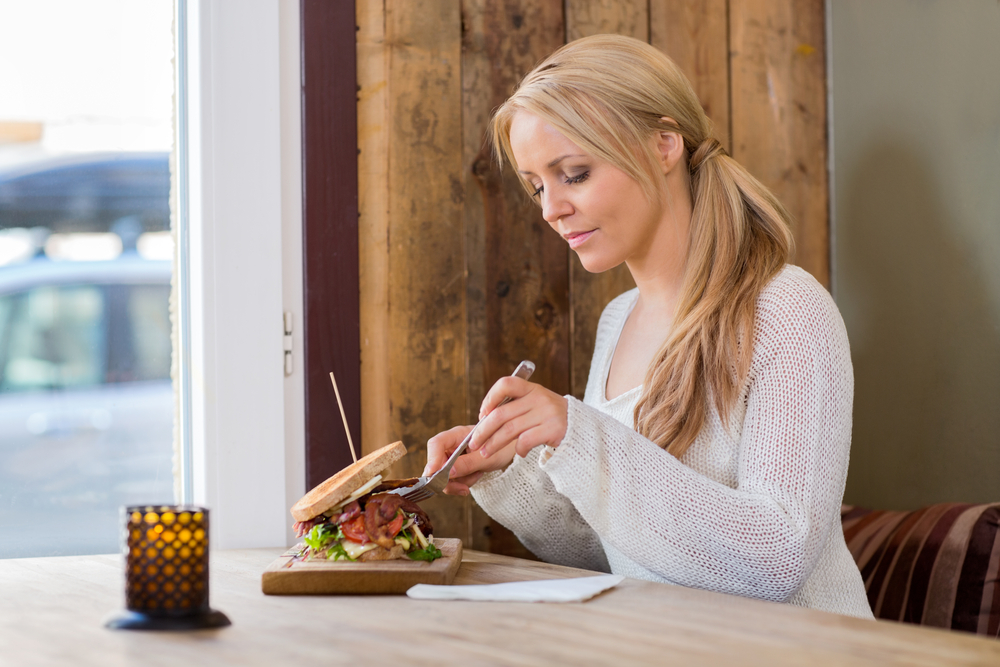
TORONTO—Millennials and seniors might be at opposite ends of the spectrum when it comes to age, but many have something in common: difficulty cooking at home for just one person.
For members of the younger generation, they may lack cooking skills, which can make forays into the kitchen intimidating.
“We’ve become a society that relies more on convenience and pre-prepared foods and some of those cooking skills may not have been passed along, so that’s a big barrier to cooking your own meals,” says registered dietitian Shannon Crocker.
“I think for seniors in particular there’s that social isolation and part of the pleasure of cooking is enjoying the meal with family or with friends. When you’re on your own you might not feel like cooking for yourself, especially if you don’t like cooking.”
There are other challenges for singles. Much of the packaged food in grocery stores is geared toward families, with better pricing on bulk sizes. Relatively few cookbooks are targeted at preparing meals for one, and recipes that yield four or six servings may not turn out well when divided into one or two portions.
But many retailers are embracing single consumers. Some grocery stores roast their own meat and vegetables that can be mixed with grains cooked at home for a nutritious meal, says Crocker of Ancaster, Ont.
And stores commonly have large displays of prepackaged salads or stir-fry kits for added convenience.
“Just to make a salad at home you’d have to buy a head of lettuce or container of mixed greens, you’d have to buy every single ingredient—a pepper, an onion, a can of olives, a this, a that,” says Tony Cammalleri, the corporate chef of Pusateri’s Fine Foods, which began cooking up single-serve items about five years ago and now offers about 200 ready-made products.
“People want spicy tofu, the curries, vegetarian products, very ethnic specialized kind of products, whether it’s Persian, Italian. People are more detailed with their food, not just happy with lasagna now.”
He’s also a fan of condiments to prepare a few basic ingredients in different ways.
“They have a shelf life of four to five months, so why not stock your fridge and pantry with condiments that would help you turn one recipe into five just by changing the condiments?”
Other tips:
To avoid food waste, try to shop every few days for smaller portions of fresh produce.
Rather than buying large jars of ingredients that might expire before you can use them up, buy just what you need at the bulk store, says Crocker. Or find a shopping buddy and split bigger packages.
Prepping on weekends will save time on weekdays. Make a casserole or stew, then freeze in individual portions. Make a batch of barley or pasta to parcel out during the week.
Reinvent leftovers to prevent boredom. Roast a pan of veggies and enjoy some for one dinner. Toss the remainder with pasta, goat cheese and some nuts another night.
A small tin of tuna, a couple of hard-boiled eggs or a can of chickpeas or black beans that have been halved can be used to top packaged salad greens for a quick, healthy meal. Or add a serving of grilled meat, fish or shrimp.
Meals don’t have to be complex, nor do they always have to consist of meat, potato or starch and a vegetable. Add lentils to soup or extra veggies to an omelette or sandwich.
If you’re a tea-and-toast person, look for ways to make it more nutritious and interesting, says Crocker. Spread whole-grain toast with peanut butter and top with thinly sliced apple and cinnamon. Pop it briefly under the broiler. Or top toast with avocado, hummus and tomato slices. Another option is a fried egg and some sauteed mushrooms or a soft poached egg and a piece of cheese on toast. Put some arugula under the egg to boost flavour.